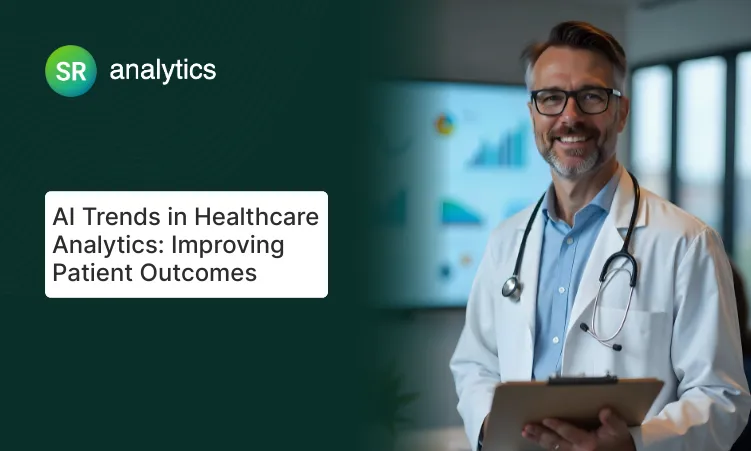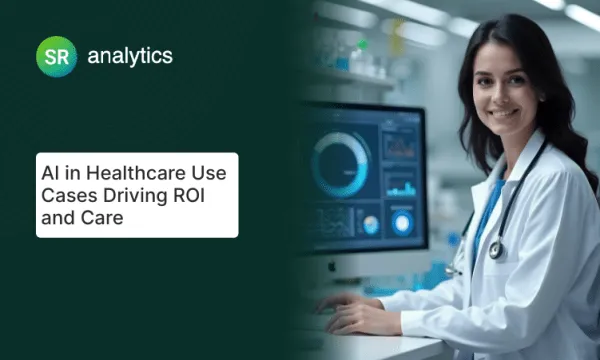Who is Impacted by Data Gaps in Healthcare?
Data gaps in healthcare impact various stakeholders, including patients, medical staff, hospital administrators, and insurance companies.
When hospital data becomes outdated or inaccessible, it creates challenges for all stakeholders, including patients, doctors, administrators, and insurers. Hospital patients endure extended wait times while staff members encounter operational inefficiencies, and hospital profits decline due to inadequate resource management.
Traditional fragmented data systems in hospitals result in delayed treatment decisions, scheduling inefficiencies, and increased operational expenses. A patient requiring immediate medical assistance confronts a situation where doctors cannot access their historical medical records because the systems in place are outdated. The consequences can be life-threatening.
What Are the Hidden Inefficiencies?
The healthcare industry is fast-paced and relies on timely decision-making. However, old data management presents substantial inefficiencies:
When Do These Problems Arise?
These inefficiencies are not unique instances; they occur every day in hospitals around the world.
Johns Hopkins Hospital, which has used AI-powered predictive analytics to cut ICU death rates by detecting early indicators of patient deterioration. They enhanced patient outcomes by harnessing real-time data.
Another example is Narayana Health, a major hospital network in India, is one example of how real-time patient monitoring and predictive analytics can improve patient flow and resource allocation. What are the results? Wait times were significantly reduced, and patient satisfaction rates improved.
Where Do Traditional Systems Fail?
The problem arises from hospitals using several disconnected systems. Patient records, billing, scheduling, and equipment maintenance are frequently housed independently, resulting in data silos. Hospital operations become reactive rather than proactive in the absence of an integrated, real-time picture.
For example, a hospital’s emergency department may not have current information regarding available ICU beds, resulting in unnecessary delays in transferring vital patients. Similarly, obsolete inventory procedures can result in an overabundance of non-essential medications while running low on life-saving drugs.
Why Must Hospitals Act Now?
The healthcare industry is shifting towards data-driven decision-making. Hospitals that fail to integrate real-time analytics risk inefficiencies, patient dissatisfaction, and revenue losses.
Real-time data is also crucial for financial performance. Studies show that hospitals leveraging predictive analytics can achieve 10-20% cost savings on operations, allowing them to reinvest in patient care, technology upgrades, and staffing improvements.
How Can Hospitals Solve This?
SR Analytics specializes in AI-driven automation and real-time data integration for hospitals. Our solutions eliminate blind spots by connecting patient records, equipment monitoring, resource allocation, and financial processes into a single, accessible dashboard.
What’s the ROI of Real-Time Data?
- Reduced Patient Wait Times: Hospitals using AI-driven analytics see a 40% improvement in appointment scheduling and patient flow.
- Lower Equipment Downtime: Predictive maintenance decreases equipment failure rates by 30-50%, saving hospitals thousands in repair costs.
- Optimized Resource Utilization: Real-time data can reduce staff overtime costs by up to 20%, leading to better financial efficiency.
Final Thought: The Future of Smart Healthcare is Now
By leveraging real-time data and artificial intelligence, healthcare providers can revolutionize the practice of medicine, enhance hospital operations, and ultimately achieve the “Quadruple Aim,” ensuring better health outcomes for all.
The question is—are you ready to transform your hospital’s operations and eliminate inefficiencies?
With proven expertise in data analytics, AI automation, and IoT-based hospital management, SR Analytics is at the forefront of this transformation.
Let’s discuss how we can help your hospital achieve seamless, data-driven efficiency and elevate patient care.














